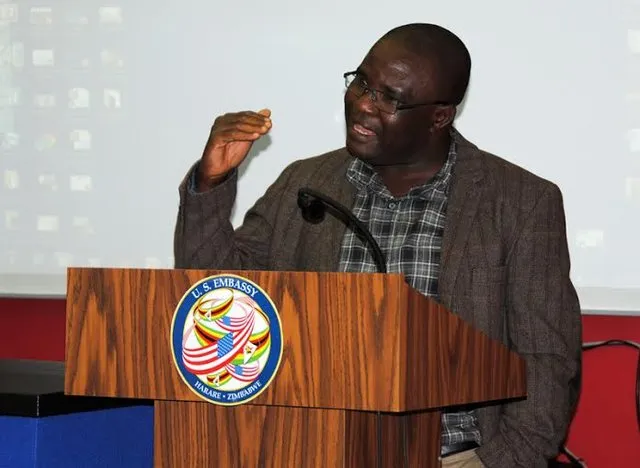During Zimbabwe’s liberation war, organizations like ZANU and ZAPU operated through what Ruhanya today advocates: defined structures, central commands, and political-military wings.
But it was precisely this centralized, hierarchical format that made them vulnerable to deep infiltration by the Rhodesian Special Branch and British MI6, ultimately leading to devastating losses—including the assassinations of liberation leaders Herbert Chitepo and Josiah Tongogara.
Mnangagwa Named in German Spy Files
Now, explosive revelations from soon-to-be-declassified documents held by Germany’s foreign intelligence service (BND) suggest that President Emmerson Mnangagwa was a key enabler in those very assassinations.
The classified files—currently in the hands of a Hamburg-based investigative journalist—allege that Mnangagwa acted as a mole for British and Rhodesian intelligence during the 1970s liberation struggle.
According to the BND, Mnangagwa leaked critical information about Chitepo’s movements and Tongogara’s military strategies to Rhodesian operatives, including notorious CIO head Ken Flower, himself a known British MI6 asset.
The files allege that Mnangagwa’s betrayals enabled the successful car bombing of Chitepo in Lusaka in 1975 and the suspicious truck collision that killed Tongogara in 1979—both of which occurred shortly before Zimbabwe’s independence.
The reports claim that Mnangagwa was rewarded for his espionage with the powerful role of State Security Minister in 1980, thus giving British intelligence ongoing access to Zimbabwe’s new government from within.
Ruhanya’s nostalgia for Chimurenga structures comes at a time when Chamisa is attempting to forge a new path through a loosely organized, consensus-driven civic movement.
While this model has been criticized for lacking durability and direction, defenders argue that it avoids the centralization that historically invited foreign infiltration and factional implosion.
Commentators warn that replicating “weak Chimurenga-style structures” today would be reckless.
These rigid liberation war frameworks may evoke historical legitimacy, but history shows they were structurally brittle—unable to withstand internal betrayal or external manipulation. 🔗 Read Full Article
All Zim News is a central hub for all things Zimbabwean, curating news from across the country so no story is missed.
Alongside aggregation, our team of nationwide reporters provides real-time, on-the-ground coverage.
Stay informed and connected — reach us at admin@allzimnews. com.
